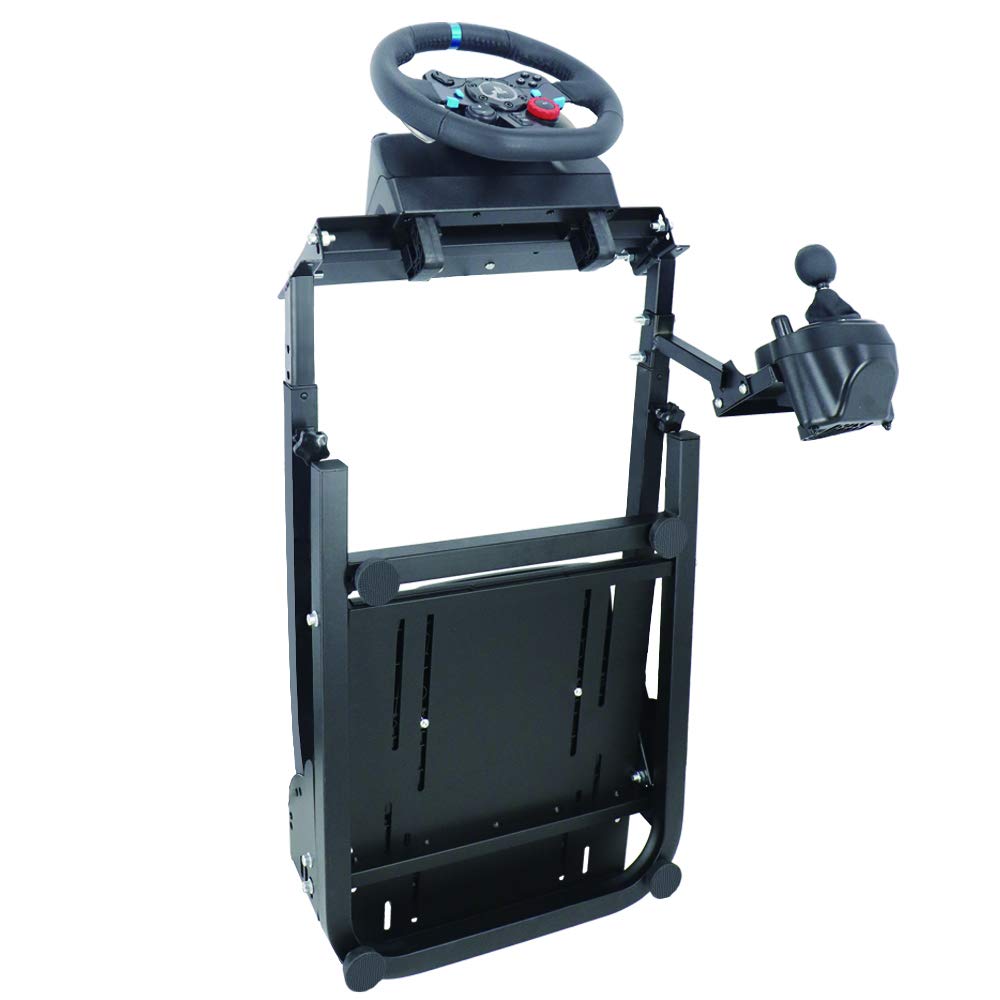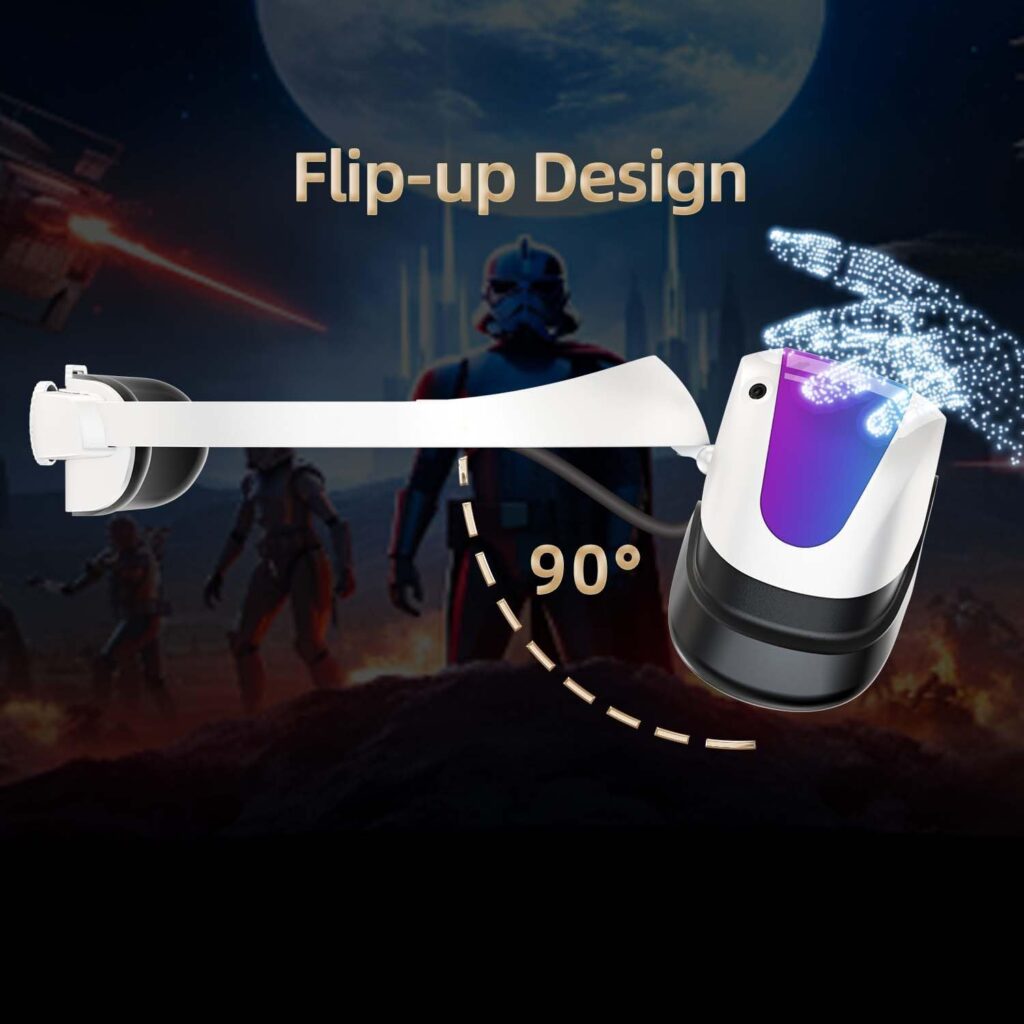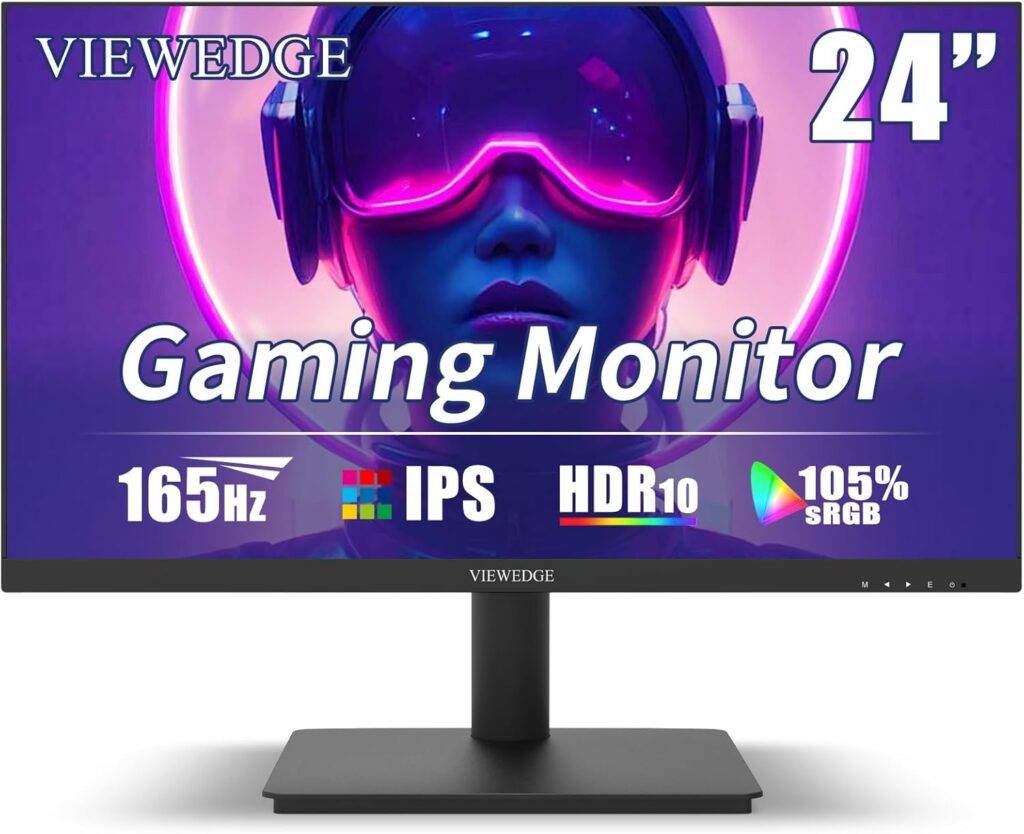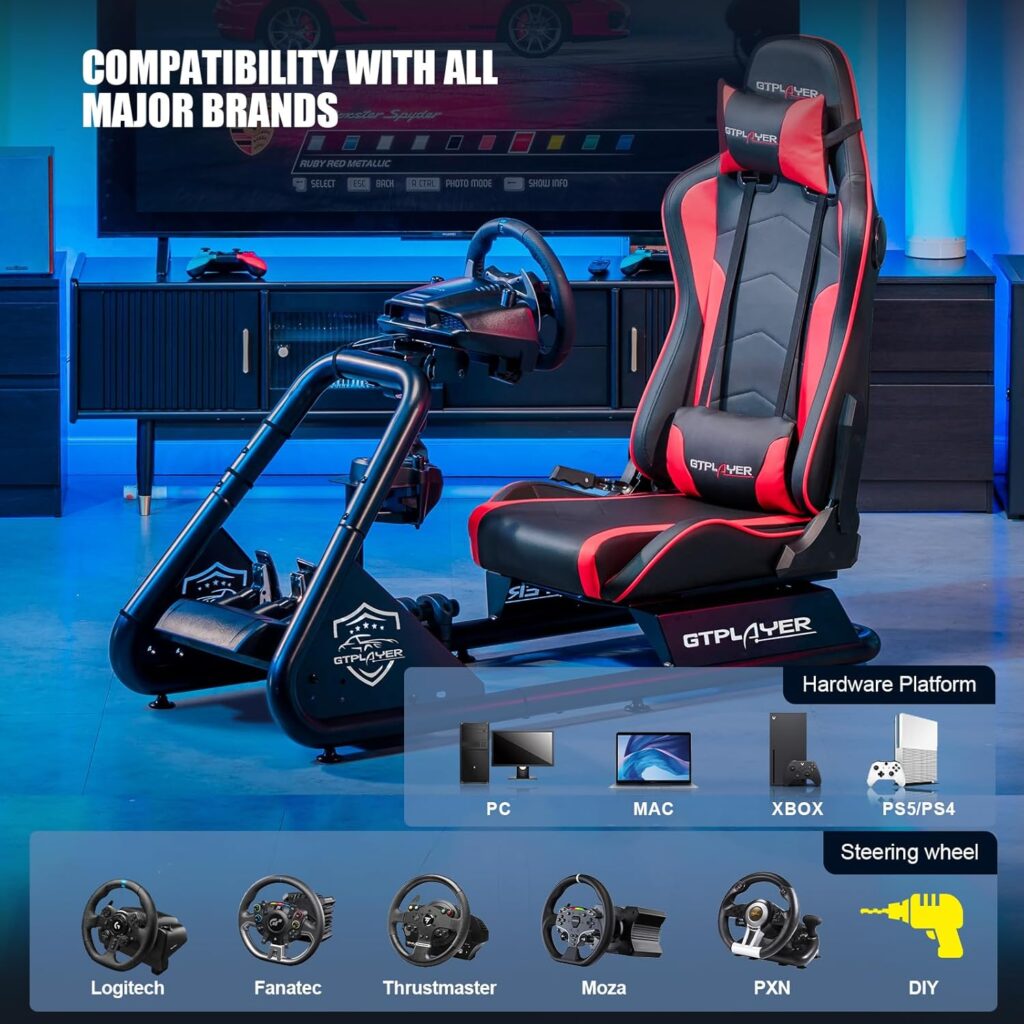Imagine the thrill of hitting the race track from the comfort of your own home, with all the authentic elements of your beloved car setup. The question that echoes in your mind is whether it’s possible to transfer your real car setup directly into a racing simulator. Well, the answer lies ahead as we explore the fascinating world of merging reality and virtual racing, bringing you closer than ever to the adrenaline-pumping experience you crave.
Benefits of Using Your Real Car Setup in a Racing Simulator
1.1 Enhances Realism and Immersion
Using your real car setup in a racing simulator can greatly enhance the realism and immersion of the gaming experience. By utilizing the same steering wheel, pedals, and other hardware that you would find in your actual car, you can feel as if you’re truly sitting behind the wheel of a race car. This added level of authenticity can make the gameplay more engaging and enjoyable.
1.2 Replicates the Feel of Your Actual Car
One of the biggest advantages of using your real car setup in a racing simulator is that it replicates the feel of your actual car. The steering wheel and pedals will have the same weight and resistance as those in your car, allowing you to truly feel connected to the virtual vehicle you’re driving. This can be especially beneficial if you’re a racing enthusiast who wants to practice and improve your skills in a realistic environment.
1.3 Improves Muscle Memory and Skill Development
Using your real car setup in a racing simulator can also help improve your muscle memory and skill development. By practicing with the same controls that you use in your actual car, you can train your muscles to respond in the same way, improving your reflexes and overall driving abilities. This can be particularly useful if you’re a competitive racer looking to hone your skills and compete at a higher level.
1.4 Allows for Fine-Tuning and Optimization
Another benefit of using your real car setup in a racing simulator is the ability to fine-tune and optimize your controls. Most racing simulators offer a wide range of customization options, allowing you to adjust the sensitivity, dead zone, and other settings to match your preferences. By using your real car setup, you can fine-tune these settings to replicate the feel of your actual car, giving you maximum control and precision while gaming.
1.5 Cost-Effective Alternative
Using your real car setup in a racing simulator can also be a cost-effective alternative to purchasing dedicated racing simulators or high-end gaming steering wheels. Instead of investing in expensive hardware specifically designed for gaming, you can repurpose the equipment you already have in your car. This can save you a significant amount of money while still providing a high-quality racing experience.
Factors to Consider Before Using Your Real Car Setup in a Racing Simulator
2.1 Compatibility of Hardware and Software
Before using your real car setup in a racing simulator, it’s important to consider the compatibility of your hardware and software. Not all racing simulators will be compatible with every type of steering wheel, pedals, or other accessories. Make sure to research and confirm that your equipment will work seamlessly with the simulator you plan to use.
2.2 Space and Installation Requirements
Another factor to consider is the space and installation requirements of your real car setup. Racing simulators can take up a significant amount of room, especially if you’re using a full cockpit or seat. Ensure that you have enough space to comfortably accommodate the simulator and any additional accessories you may need. Additionally, consider the installation process and whether or not you have the necessary tools and skills to set up your equipment properly.
2.3 Adjustments and Modifications
Using your real car setup in a racing simulator may require adjustments and modifications to ensure optimal performance. You may need to mount your steering wheel and pedals securely, adjust the seating position, or make other tweaks to replicate the driving experience accurately. Take into account the level of customization necessary and whether or not you are comfortable making these adjustments yourself.
2.4 Level of Realism Desired
Consider the level of realism you desire when deciding to use your real car setup in a racing simulator. While using your actual car’s controls can provide a high level of authenticity, it may not be necessary for everyone. Depending on your goals and preferences, you may find that a dedicated racing simulator or high-end gaming steering wheel meets your needs without the added complexity of using your real car setup.
2.5 Budget Considerations
Lastly, consider your budget before using your real car setup in a racing simulator. While repurposing your existing equipment can be cost-effective, there may still be additional expenses involved, such as purchasing compatible software or accessories. Evaluate your financial resources and determine if using your real car setup is a feasible option.
Types of Real Car Setups that Can be Used in Racing Simulators
3.1 Steering Wheels and Pedals
The most common type of real car setup used in racing simulators is a steering wheel and pedals. These can be connected to your gaming system and provide a more realistic and precise control scheme compared to using a traditional controller. Steering wheels and pedals are available in a wide range of styles and price points, allowing you to find one that suits your preferences and budget.
3.2 Shifters and Handbrakes
For those seeking an even greater level of immersion, adding shifters and handbrakes to your real car setup can enhance the realism of the racing simulator experience. These additional controls allow you to shift gears and engage the handbrake just like you would in a real car, providing a more authentic feel while gaming.
3.3 Racing Seats and Cockpits
To further replicate the feel of being inside a race car, you can invest in a racing seat or cockpit. These setups provide a dedicated space for your real car controls and often include a seat with adjustable positions and a frame that mimics the interior of a race car. Racing seats and cockpits can offer a more immersive experience, making you feel like you’re actually sitting in a race car cockpit.
3.4 Simulated Surround Sound Systems
Adding a simulated surround sound system to your real car setup can greatly enhance the audio experience of the racing simulator. By surrounding yourself with high-quality speakers, you can immerse yourself in the sounds of the race track, including engine noises, tire screeches, and crowd reactions. This can contribute to a more realistic and engaging gaming experience.
3.5 Virtual Reality (VR) Headsets
For the ultimate level of immersion, you can incorporate virtual reality (VR) headsets into your real car setup. VR headsets allow you to step directly into the virtual racing world, providing a 360-degree view of your surroundings. Combined with your real car controls, this can create a truly immersive and realistic racing experience.
Steps to Use Your Real Car Setup in a Racing Simulator
4.1 Research the Compatibility
Before using your real car setup in a racing simulator, it’s crucial to research the compatibility between your hardware and the software you plan to use. Check the manufacturer’s websites, user forums, and online communities to gather information on whether your equipment is compatible and any necessary steps or software updates required for optimal performance.
4.2 Set Up the Hardware
Once you have confirmed compatibility, it’s time to set up the hardware for your real car setup. This may involve mounting the steering wheel and pedals securely, adjusting the seating position, and connecting all necessary cables. Follow the manufacturer’s instructions carefully and ensure that everything is properly installed and connected.
4.3 Configure the Software
After setting up the hardware, you’ll need to configure the software to recognize and work with your real car controls. This may involve selecting the appropriate driver or software settings to ensure that your steering wheel, pedals, and other accessories are recognized by the racing simulator. Again, refer to the manufacturer’s instructions or online resources for guidance on the software configuration process.
4.4 Calibrate and Fine-Tune the Controls
Once the software is configured, it’s essential to calibrate and fine-tune the controls to match your preferences and replicate the feel of your actual car. Most racing simulators offer options to adjust the sensitivity, dead zone, and other control settings. Experiment with these settings to find the optimal configuration that provides the level of control and feedback you desire.
4.5 Test and Adjust for Optimal Performance
After calibrating and fine-tuning the controls, it’s time to test your real car setup for optimal performance. Take the simulator for a test drive and pay attention to how the controls feel and respond. If necessary, make further adjustments to ensure that the steering wheel, pedals, and other controls provide the desired level of realism and accuracy.
Potential Challenges When Using a Real Car Setup in a Racing Simulator
5.1 Limited Support and Compatibility
One potential challenge when using a real car setup in a racing simulator is limited support and compatibility. Not all racing simulators or games may be compatible with your specific equipment. Additionally, manufacturers may not provide ongoing support or updates for older models, making it harder to ensure compatibility with future releases of racing simulators.
5.2 Integration and Configuration Issues
Another challenge you may encounter is integration and configuration issues. Depending on the complexity of your real car setup and the specific racing simulator you’re using, you may face difficulties integrating and configuring your hardware and software. This can lead to frustration and additional troubleshooting time to get everything working properly.
5.3 Physical Space and Storage
Using a real car setup in a racing simulator may also pose challenges in terms of physical space and storage. Racing cockpits and seats can be large and require a dedicated area. If you have limited space in your home or gaming setup, accommodating a racing simulator may not be feasible. Additionally, finding proper storage for the equipment when not in use can be a consideration.
5.4 Maintenance and Durability
Maintaining and ensuring the durability of your real car setup can also be a challenge. The hardware may require regular cleaning, maintenance, and occasional replacement of parts. Depending on the quality and build of your equipment, you may face difficulties finding replacement parts or encountering issues with wear and tear over time.
5.5 Cost and Investment
Lastly, using your real car setup in a racing simulator can be a significant investment in terms of both time and money. While repurposing existing equipment can save you money compared to purchasing dedicated gaming hardware, there may still be additional costs involved in purchasing compatible software or accessories. Additionally, the time investment required for setup, configuration, and ongoing maintenance should be considered.
Tips and Best Practices for Using Your Real Car Setup in a Racing Simulator
6.1 Start with Basic Hardware and Build Gradually
If you’re new to using a real car setup in a racing simulator, it’s a good idea to start with basic hardware and build gradually. Begin with a steering wheel and pedals, and once you’re comfortable and familiar with the setup, consider adding other accessories such as shifters or a racing seat. Starting with the essentials allows you to gauge your interest and commitment before investing in more advanced equipment.
6.2 Regularly Update Software and Firmware
To ensure optimal performance and compatibility, it’s important to regularly update the software and firmware of your real car setup. Check the manufacturer’s website or software applications for any available updates or patches. Keeping your equipment up to date can help address any bugs or issues and ensure a smooth gaming experience.
6.3 Optimize Graphics and Performance Settings
In addition to configuring your real car controls, it’s essential to optimize the graphics and performance settings of your racing simulator. Adjusting the visual settings, such as resolution, anti-aliasing, and texture quality, can enhance the overall gaming experience. Additionally, optimize the performance settings to ensure a smooth and responsive gameplay.
6.4 Join Online Communities and Forums
Joining online communities and forums dedicated to racing simulators can provide valuable insights and support. Engaging with other racing enthusiasts can help you troubleshoot issues, learn new techniques, and discover additional tips and tricks for using your real car setup. These communities can also be a great source for discovering compatible software and accessories.
6.5 Experiment and Customize Settings to Suit Your Preferences
One of the greatest benefits of using a real car setup in a racing simulator is the ability to customize and experiment with different settings. Don’t be afraid to adjust the sensitivity, dead zones, and other control settings to suit your preferences. Take the time to experiment and find the configuration that provides the most enjoyable and realistic racing experience for you.
Alternatives to Using Your Real Car Setup in a Racing Simulator
7.1 Dedicated Racing Simulators
If using your real car setup in a racing simulator isn’t feasible or doesn’t meet your preferences, dedicated racing simulators can be a viable alternative. These setups feature integrated steering wheels, pedals, and other controls specifically designed for racing simulations. While they may be more expensive than repurposing your real car equipment, they offer the advantage of optimized compatibility and seamless integration.
7.2 High-End Gaming Steering Wheels
High-end gaming steering wheels can be another alternative to using your real car setup in a racing simulator. These steering wheels are designed explicitly for gaming and often come with advanced force feedback technology, adjustable settings, and enhanced durability. While they may not replicate the feel of your actual car as accurately, they can provide a high level of control and immersion.
7.3 Virtual Reality Racing Games
For a fully immersive racing experience, virtual reality (VR) racing games can be an alternative to using your real car setup. VR racing games allow you to step into a virtual world and race using motion controllers or handheld devices. While not providing the same tactile feedback as a real car setup, VR racing games can still offer an intense and engaging gaming experience.
7.4 Console and PC Controllers
If you’re seeking a more casual racing experience or have budget constraints, using console or PC controllers can be a viable alternative. While not as immersive or precise as a real car setup, controllers can still provide an enjoyable racing experience while maintaining compatibility with a wide range of racing games. They are also more compact and convenient for storage.
7.5 Sim Racing Cockpits
Sim racing cockpits are another alternative for a realistic racing experience. These setups feature integrated racing seats, steering wheels, and pedals, similar to using your real car setup. While they may not provide the same level of customization as using your actual car equipment, sim racing cockpits offer a dedicated space for racing that can enhance the immersion and enjoyment of the gaming experience.
Conclusion
Using your real car setup in a racing simulator can enhance the realism, immersion, and skill development of your gaming experience. With the ability to replicate the feel of your actual car and fine-tune the controls, you can create a more engaging and authentic racing experience. However, before diving into using your real car setup, it’s essential to consider factors such as compatibility, space requirements, adjustments, and budget. Additionally, be aware of potential challenges that may arise and follow tips and best practices to optimize your setup. Ultimately, whether you choose to use your real car setup or explore alternative options, the goal is to have fun and enjoy the thrill of racing in the virtual world.




